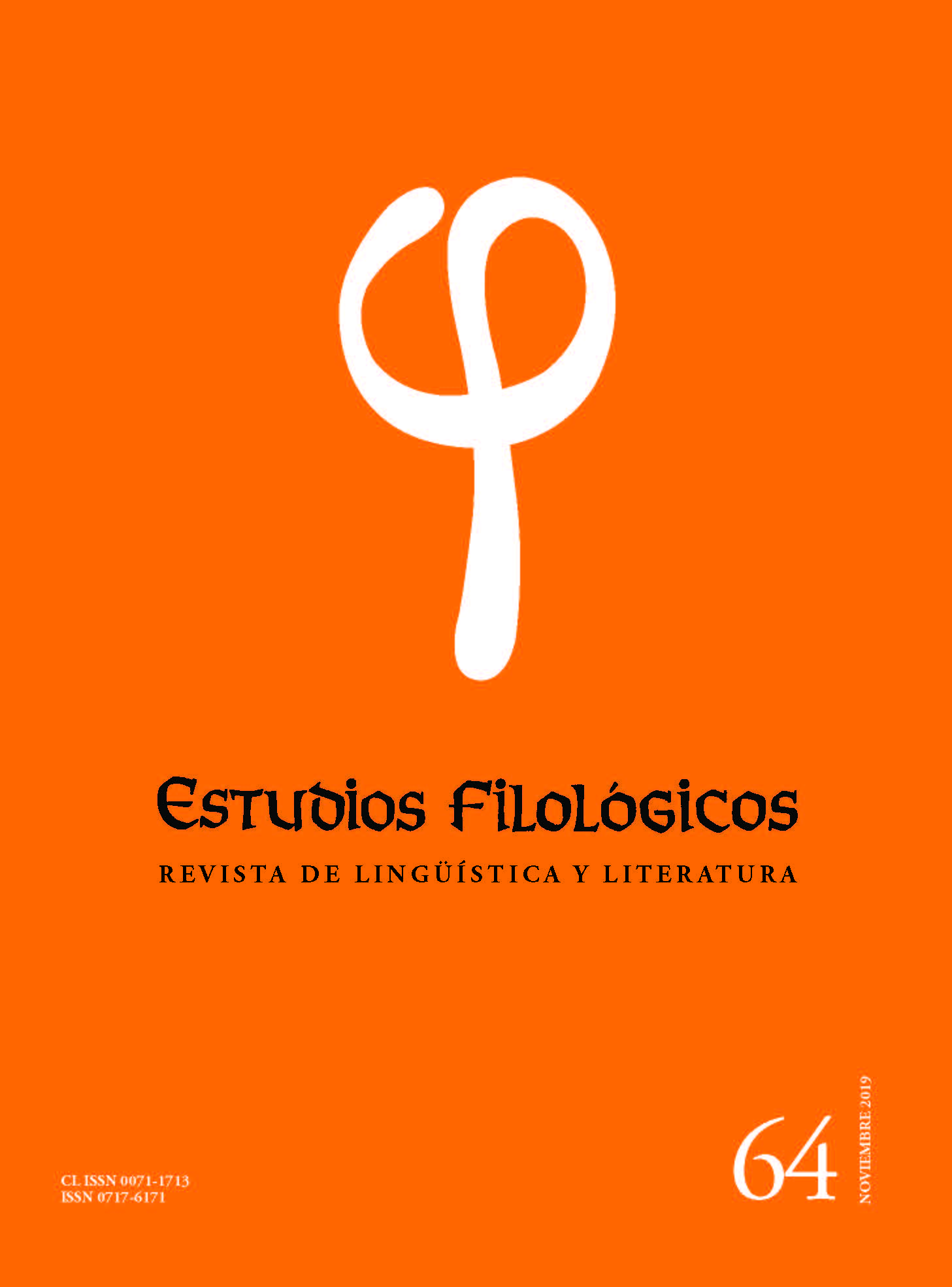Rhotic consonant acquisition in Chilean Spanish in a sample of subjects between 2;0 and 3;11 years
Main Article Content
Abstract
The research has been conducted on the rhotic consonants in Chilean Spanish in a sample of 161 subjects, divided in four age groups between 2;0 and 3,11 years. The variables taken into account to analyse the results are age and NSE. To obtain the data, the CEFI (“Cuestionario para la Evaluación de la Fonología Infantil”) test was applied. The vibrant production was analysed as correct, substituted and omitted. The general observation of the rhotic outcome is that there is a higher degree of normal emission according to the subjects age. Nevertheless, between 3;0 and 4;0 years the trill reaches only a 24% of correct production, while in case of the flap it is a 60%. In case of the substitution, the trills were substituted mostly by liquid consonants [l] and [ɾ] and by dental consonants [ð] and [d]; while in case of the flaps it was mainly by the consonants l], [ð] and [n]. The conclusion is that in the sample we analysed there are no meaningful socio-economic differences in the production of rhotic phonemes before the age of four.

